California’s cougars, also known as mountain lions or pumas, roam the state’s vast wildernesses and hidden valleys, embodying the wild heart of its natural landscapes. These elusive predators, cloaked in mystery, navigate the edges of our understanding, challenging scientists and conservationists with their secretive behaviors and remarkable adaptability. This article delves into the lesser-known aspects of California’s cougars, shedding light on the enigmatic life of these majestic creatures beyond the standard narratives.
The Cougar’s Elusive Nature
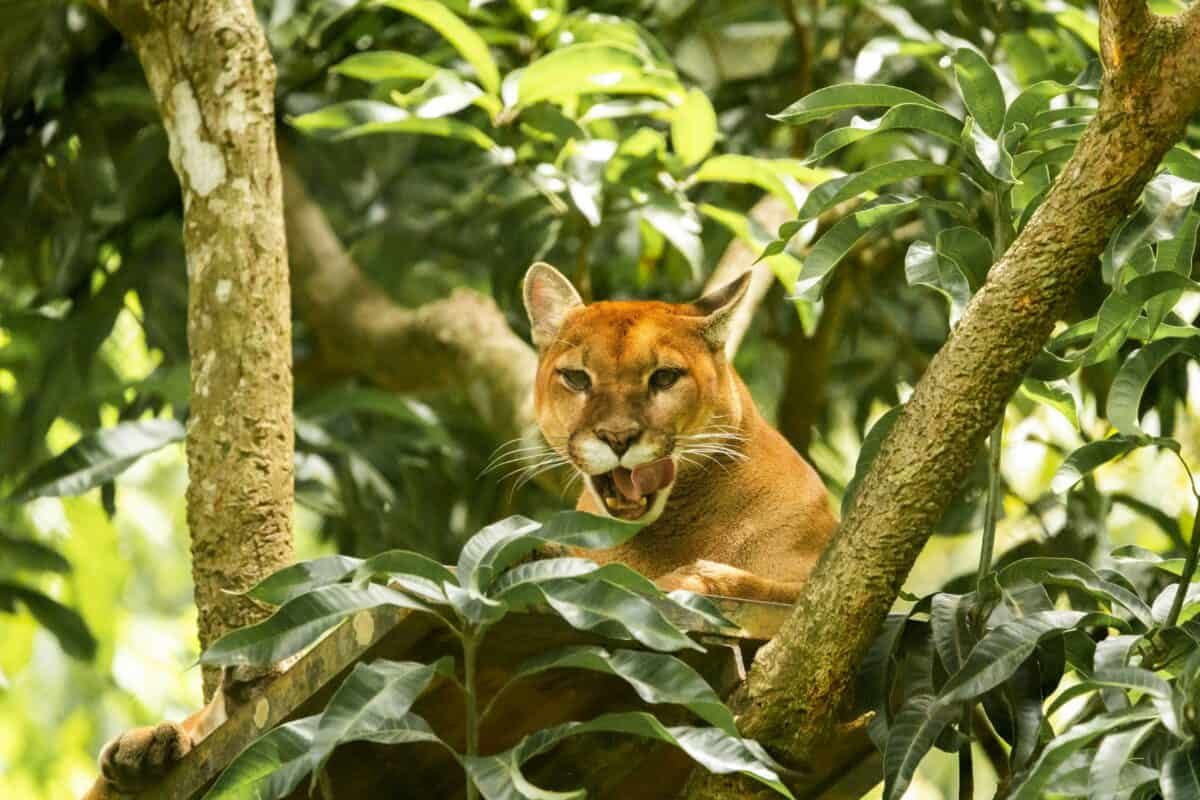
Cougars are the phantoms of the California wilderness, seldom seen but often felt. Their incredible stealth and nocturnal habits make them nearly invisible to prey and humans. Cougars have developed sophisticated hunting strategies that utilize the terrain to their advantage, often using cover and the element of surprise to ambush their targets. This elusive nature is a testament to their survival skills and a challenge for researchers studying their habits and populations.
Understanding Home Ranges
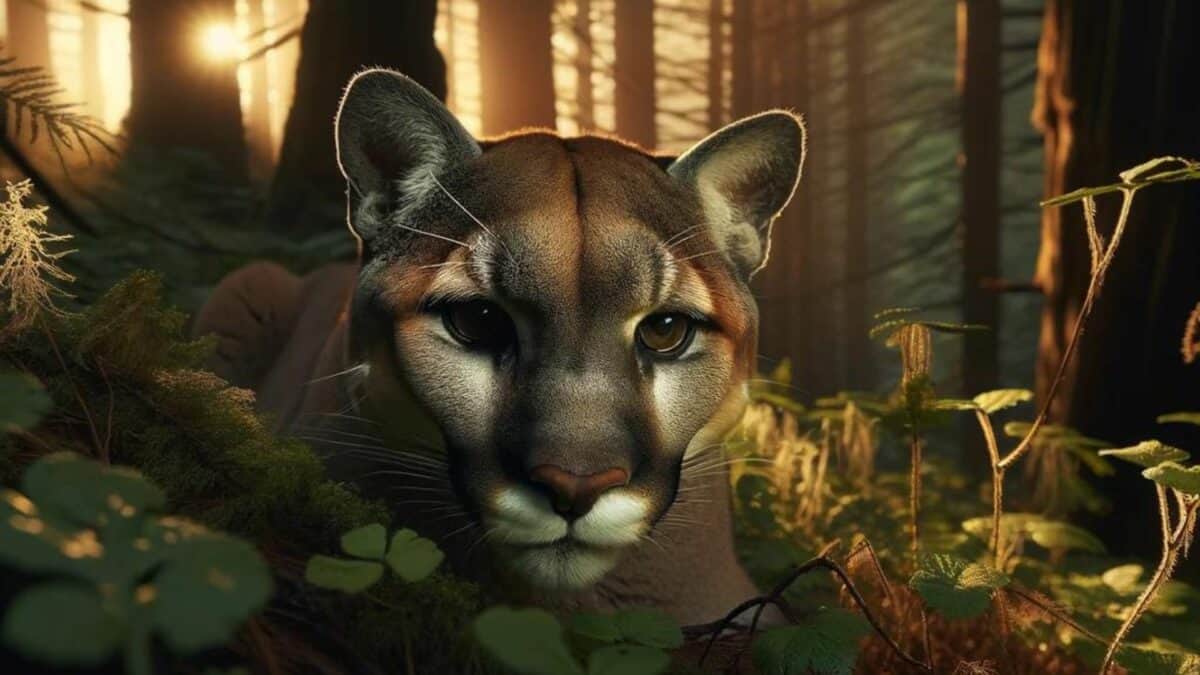
The home ranges of California’s cougars cover vast territories, spanning hundreds of square miles. These territories are not just areas of habitation but complex networks of hunting grounds, mating areas, and secluded spots for raising young. The intricacies of how these territories are established, defended, and overlap with others remain a puzzle. Recent studies using GPS collars have begun to unravel these mysteries, revealing unexpected patterns of movement and interaction within the cougar population.
The Cougars’ Hidden Lineages
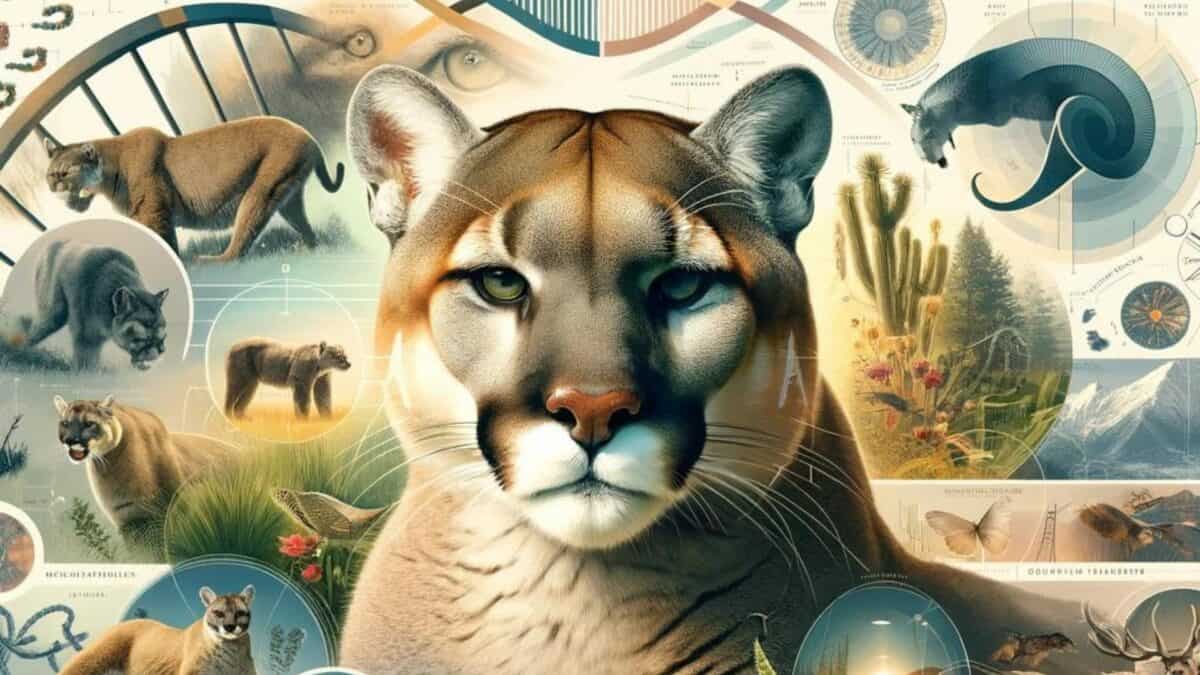
Investigations into the genetic composition of California’s cougars reveal a fascinating puzzle. Despite their vast distribution across the state’s varied landscapes, these predators exhibit remarkable genetic similarity across populations. This genetic homogeneity is intriguing to scientists, as it suggests a complex history of population dynamics, including potential bottlenecks where the population size might have dramatically decreased, reducing genetic diversity. Additionally, it raises questions about the effects of human expansion on their natural habitats and genetic exchange.
The uniform genetic makeup among different cougar populations could indicate historical events that significantly reduced their numbers, allowing only a tiny, genetically similar group to repopulate the areas. It also reflects current challenges, such as habitat fragmentation caused by urban development, which limits their movement and the mixing of genes when individuals from different populations breed. Understanding these genetic patterns is crucial for conservation efforts, as it helps biologists understand how cougars have navigated past environmental changes and human pressures and how they might continue to do so.
This exploration of the cougars’ genetic underpinnings sheds light on their resilience and adaptability and underscores the importance of maintaining connectivity between habitats to ensure healthy genetic diversity. By deciphering the mysteries of the cougars’ hidden lineages, conservationists can better strategize to protect these iconic animals and the ecosystems they inhabit, ensuring their survival for generations to come.
Beyond the Hunt
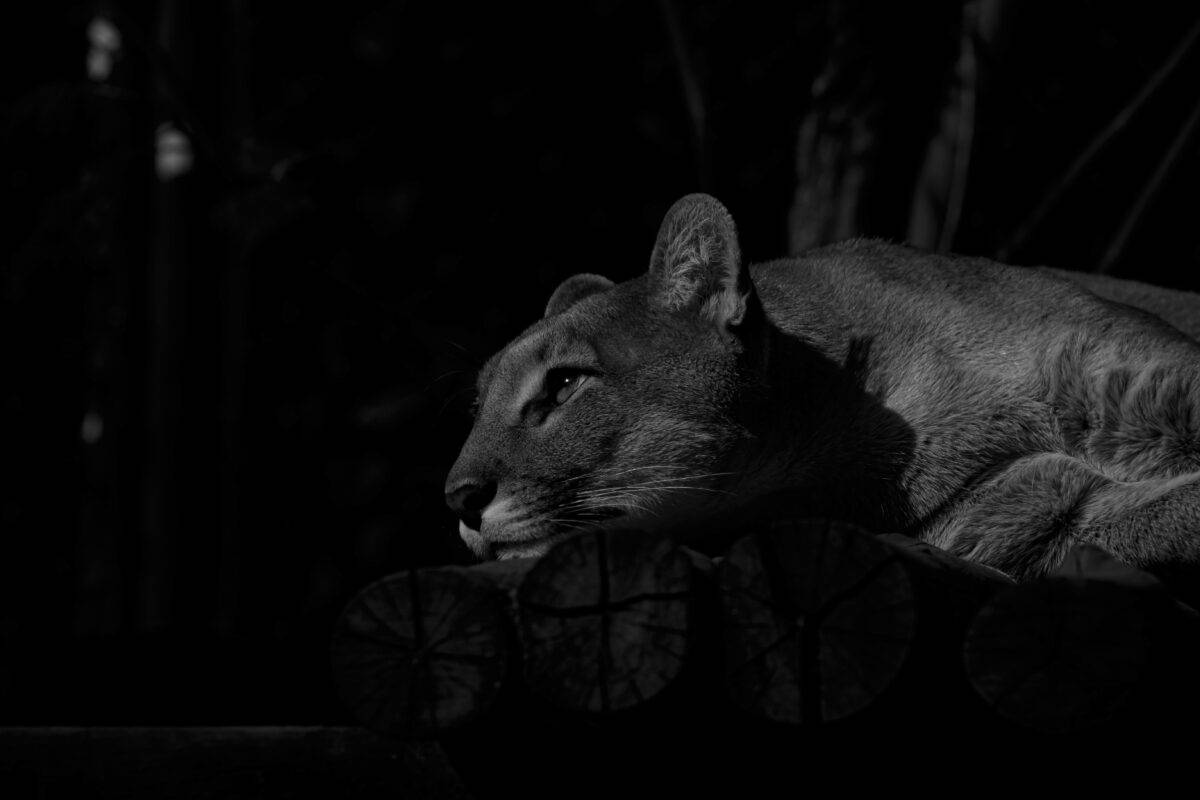
While it’s well-known that cougars are apex predators, their diet reveals a complex picture of ecological integration. Analysis of cougar scat and prey remains has uncovered a dietary breadth that includes smaller creatures and scavenging behavior, challenging the perception of cougars as solely big-game hunters. This dietary flexibility is a key to their survival in diverse habitats, from coastal forests to urban fringes.
The Mythological Presence
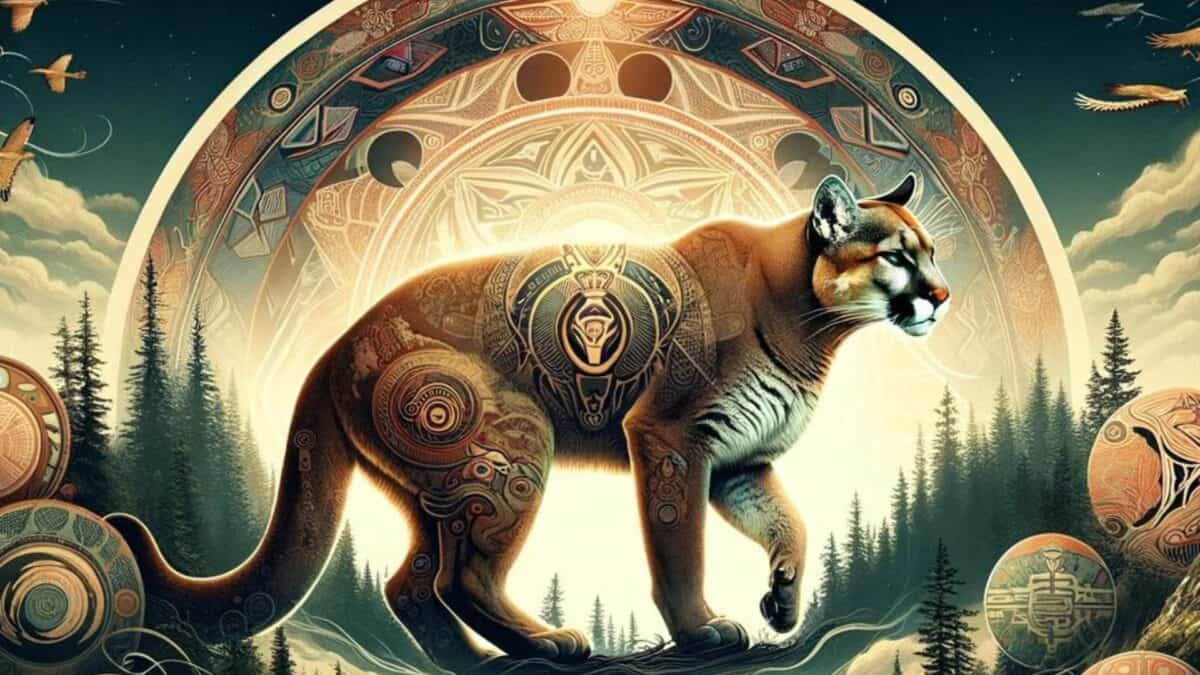
Beyond their biological significance, cougars hold a profound place in California’s cultural and mythological landscapes. Native American tribes have long revered the cougar for its strength, agility, and spiritual significance. Further, they are often depicting them in art and stories. The cougar’s presence in modern Californian lore inspires awe, fear, and respect. Which is highlighting the deep connections between humans and the natural world.
Protecting California’s Cougars

As human populations expand, the mystery and survival of California’s cougars face new challenges. Conservation efforts are not just about protecting these majestic animals but also preserving the wild mysteries they represent. Initiatives to maintain habitat corridors, implement non-lethal deterrents in human-predator conflicts. Further public education campaigns are crucial in ensuring that the secrets of California’s cougars continue to inspire future generations.
Research and Coexistence
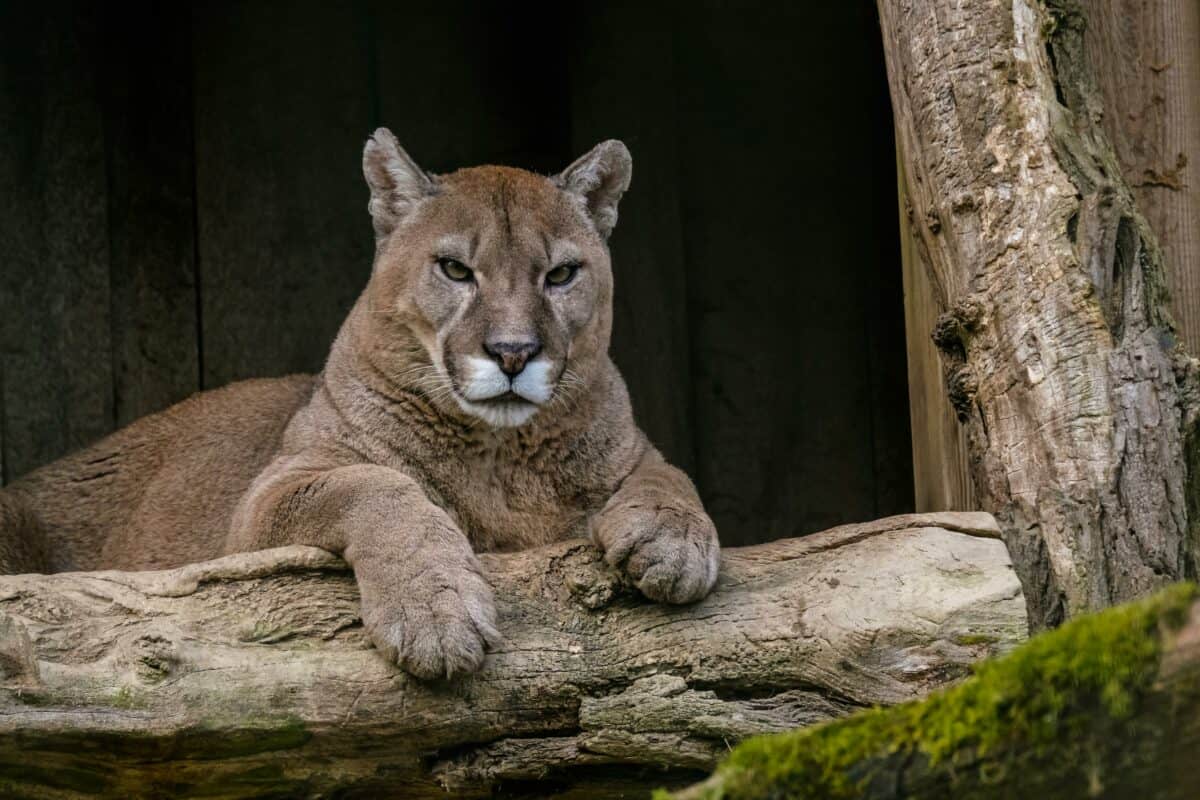
In conclusion, the ongoing study of California’s cougars is peeling back the layers of mystery. It is offering new understandings of their behavior, genetics, and ecology. As we learn more about these elusive predators, we uncover the keys to coexisting with them. Thus ensuring California’s wild heart remains strong. The secrets of the cougars challenge us to look beyond what is known. Consequently, inspiring a sense of wonder and respect for the natural world.
Let me know which secret of the cougar you find most interesting in the comments!
Next Up:
Join our Forum for free today!

